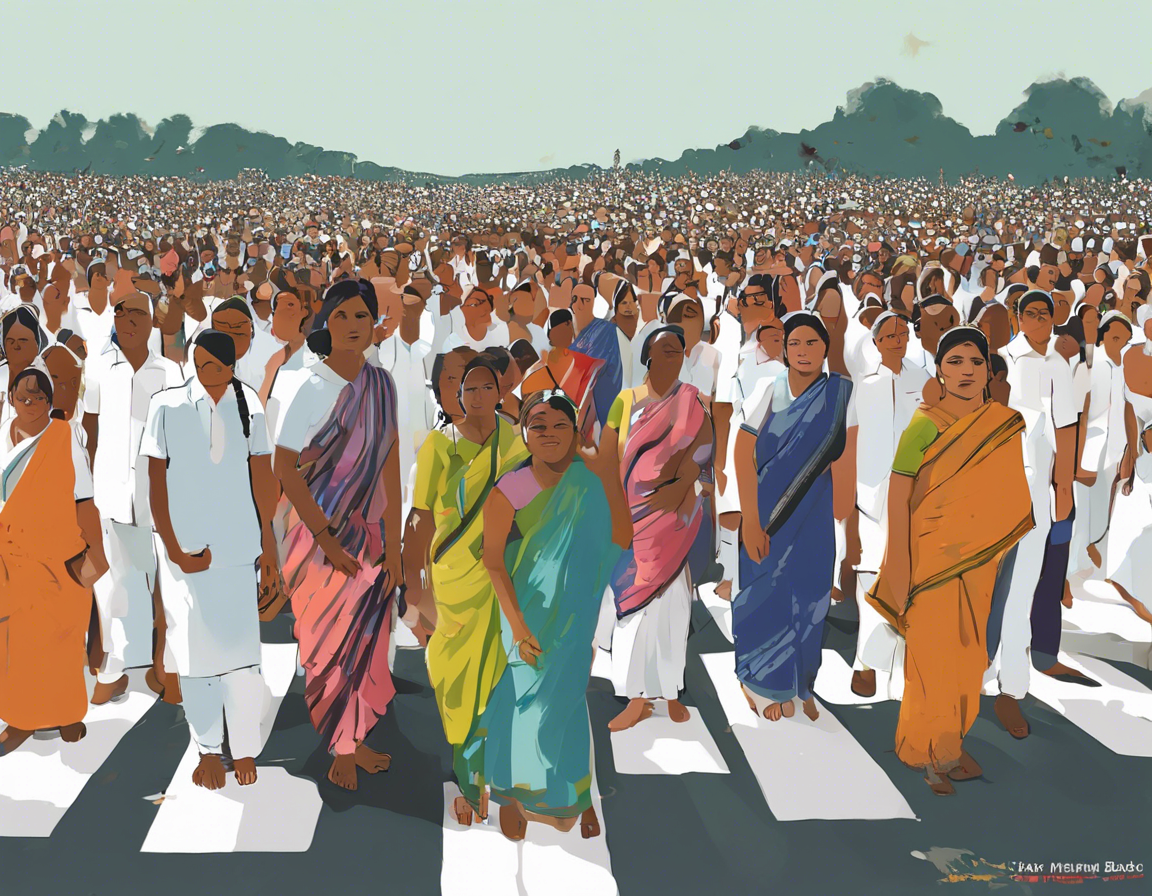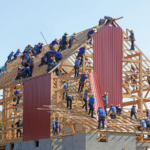India has a rich history of social and environmental movements that have played a significant role in shaping the country’s policy and developmental landscape. One such noteworthy movement is the Narmada Bachao Andolan (NBA), which has left an indelible impact on the discourse surrounding large dam projects, displacement of communities, and environmental conservation in India.
Background of the Narmada Bachao Andolan
The Narmada Bachao Andolan, translated as the “Save Narmada Movement,” was launched in the mid-1980s to protest the construction of large-scale dams on the Narmada River in central India. The primary focus of the movement was the construction of the Sardar Sarovar Dam near the village of Sardar Sarovar in Gujarat. This dam, part of the larger Narmada Valley Development Project, aimed to provide water for irrigation, electricity generation, and overall economic development in the region.
Key Issues and Concerns
The NBA raised several critical issues and voiced concerns regarding the construction of the dam and its impact on the environment and local communities:
Environmental Impact:
- The construction of large dams can lead to habitat destruction and loss of biodiversity.
- Disruption of natural ecosystems due to changes in water flow and sedimentation patterns.
- Increase in waterborne diseases and altered soil fertility in the region.
Social Impact:
- Displacement of communities living in the dam’s reservoir area.
- Loss of livelihoods for indigenous and marginalized communities dependent on the river for sustenance.
- Violations of human rights and lack of adequate compensation for displaced individuals.
Strategies and Protest Actions
The Narmada Bachao Andolan employed a range of strategies and protest actions to draw attention to its cause and advocate for the rights of affected communities:
Mass Mobilization:
- Rallies, marches, and public demonstrations to raise awareness and build public support.
- Solidarity campaigns with other social and environmental movements to strengthen the cause.
Legal Challenges:
- Filing petitions in courts to highlight violations of environmental and human rights laws.
- Seeking injunctions to halt construction activities and reassess project impacts.
Art and Media:
- Artistic performances, posters, and films to convey the message and reach a wider audience.
- Engagement with media to garner support and influence public opinion.
Impact and Legacy
The Narmada Bachao Andolan had a profound impact on the discourse surrounding large dams and development projects in India:
Policy Reforms:
- Reassessment of large dam projects and their social and environmental impacts.
- Inclusion of environmental and social impact assessments in project planning and decision-making processes.
- Recognition of the rights of displaced communities and the need for rehabilitation and resettlement.
International Attention:
- The NBA drew global attention to the issues of displacement and environmental degradation associated with large dam projects.
- Solidarity and support from international organizations and movements for the cause of the Narmada Bachao Andolan.
Empowerment of Marginalized Communities:
- Strengthening of grassroots movements and community-led initiatives for environmental conservation and social justice.
- Empowerment of indigenous communities to assert their rights and protect their lands and resources.
Frequently Asked Questions (FAQs)
1. What were the primary objectives of the Narmada Bachao Andolan?
The Narmada Bachao Andolan aimed to protest the construction of large dams on the Narmada River, particularly the Sardar Sarovar Dam, and raise concerns about their environmental and social impacts.
2. What were some of the key strategies used by the NBA in its protests?
The NBA utilized strategies such as mass mobilization through rallies and marches, legal challenges through court petitions, and artistic expressions through performances and media engagement.
3. How did the Narmada Bachao Andolan influence policy reforms in India?
The NBA’s advocacy led to a reassessment of large dam projects, inclusion of environmental and social impact assessments in project planning, and recognition of the rights of displaced communities for rehabilitation and resettlement.
4. What was the significance of the Narmada Bachao Andolan in the context of global environmental movements?
The NBA garnered international attention for issues of displacement and environmental degradation linked to large dam projects, attracting solidarity and support from global organizations and movements.
5. How did the Narmada Bachao Andolan empower marginalized communities?
The NBA empowered marginalized communities by strengthening grassroots movements, promoting community-led initiatives for environmental conservation, and supporting indigenous communities in asserting their rights and protecting their lands.
The Narmada Bachao Andolan stands as a testament to the power of grassroots movements in advocating for social and environmental justice. Its legacy continues to inspire similar movements across the world, reinforcing the importance of community empowerment, rights-based advocacy, and sustainable development practices.





